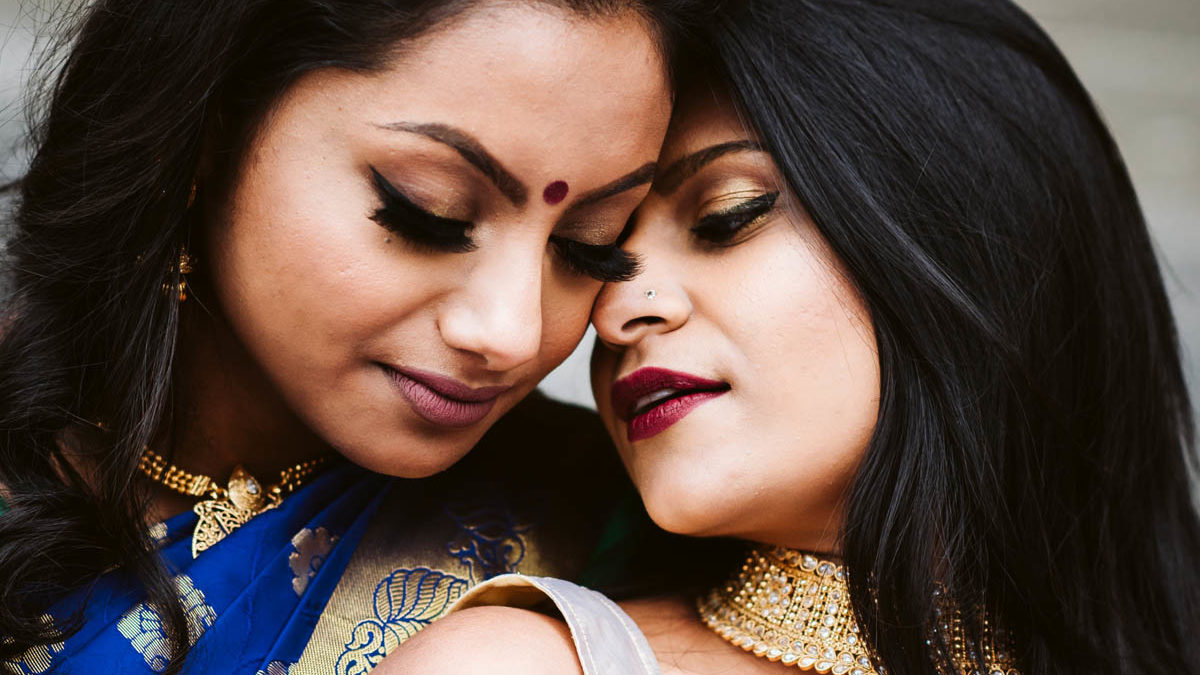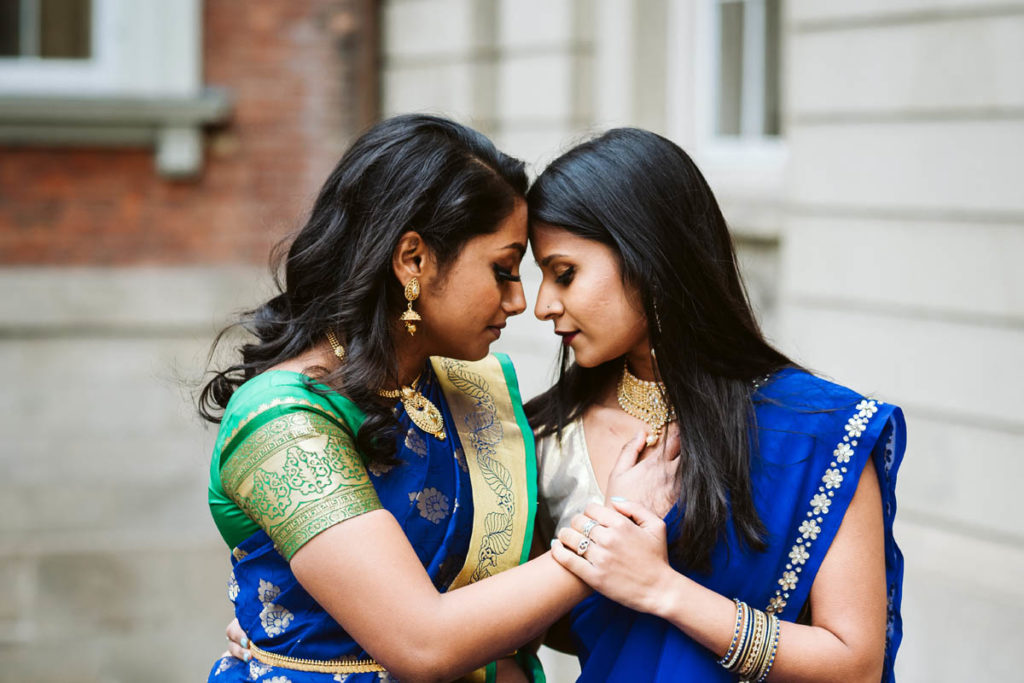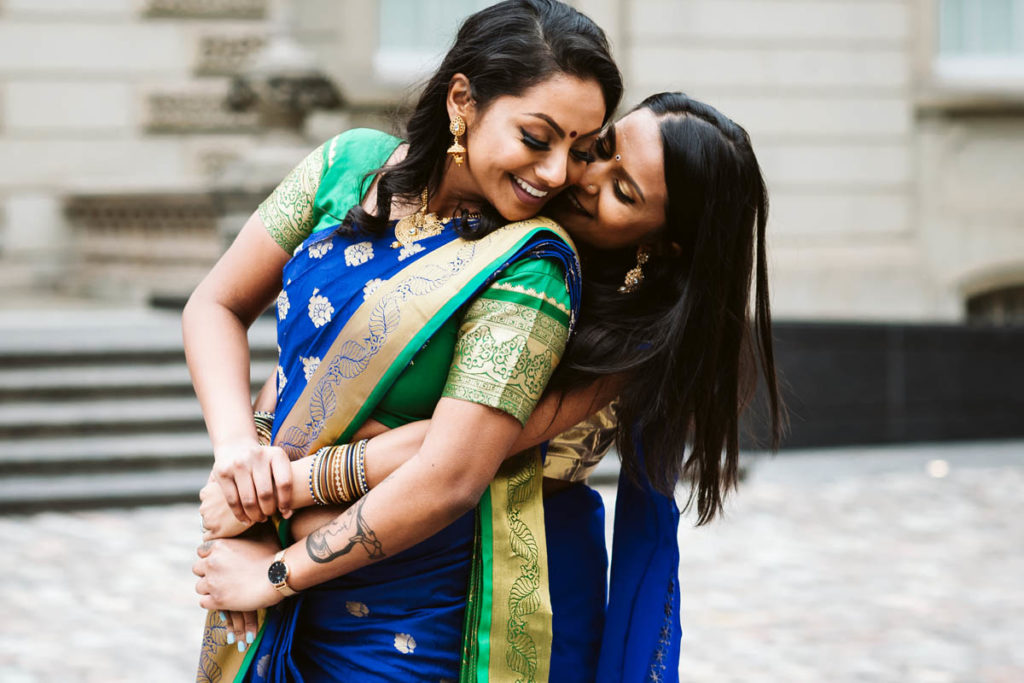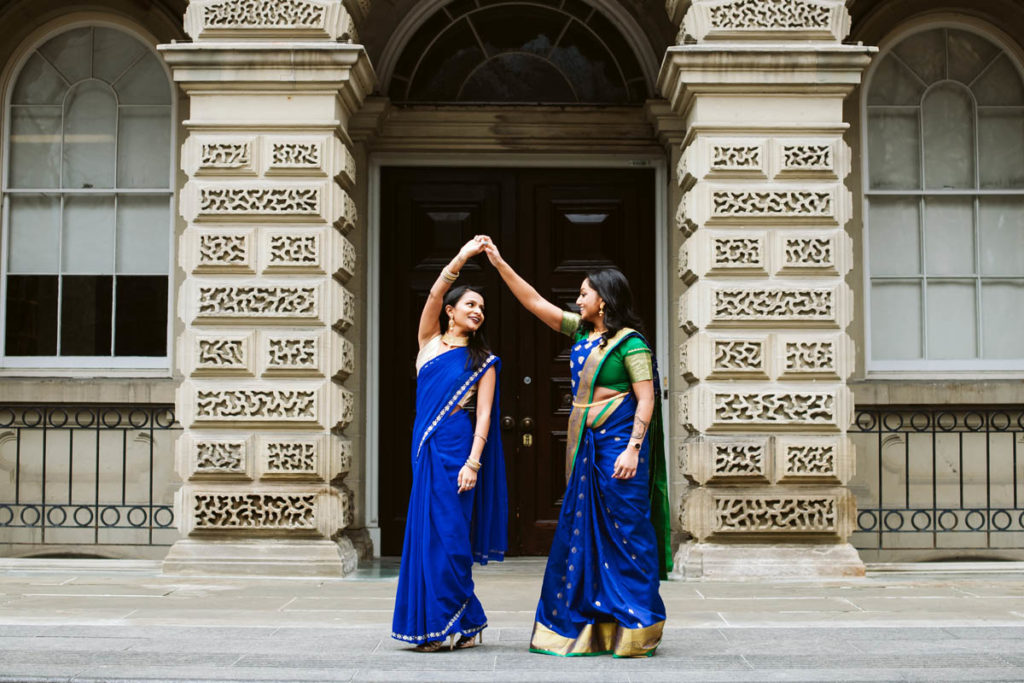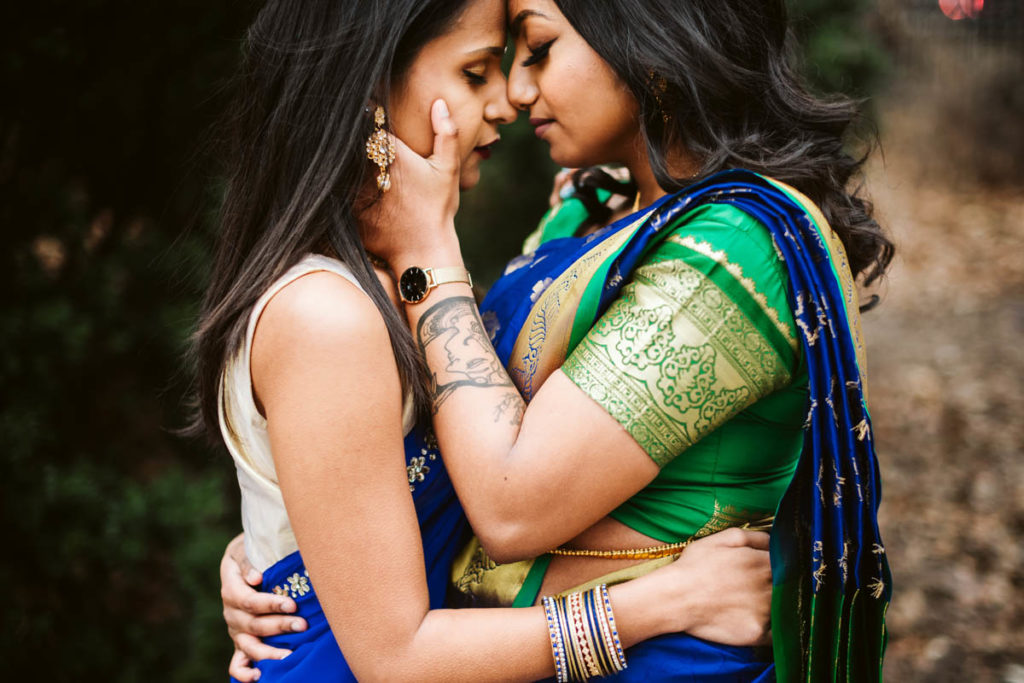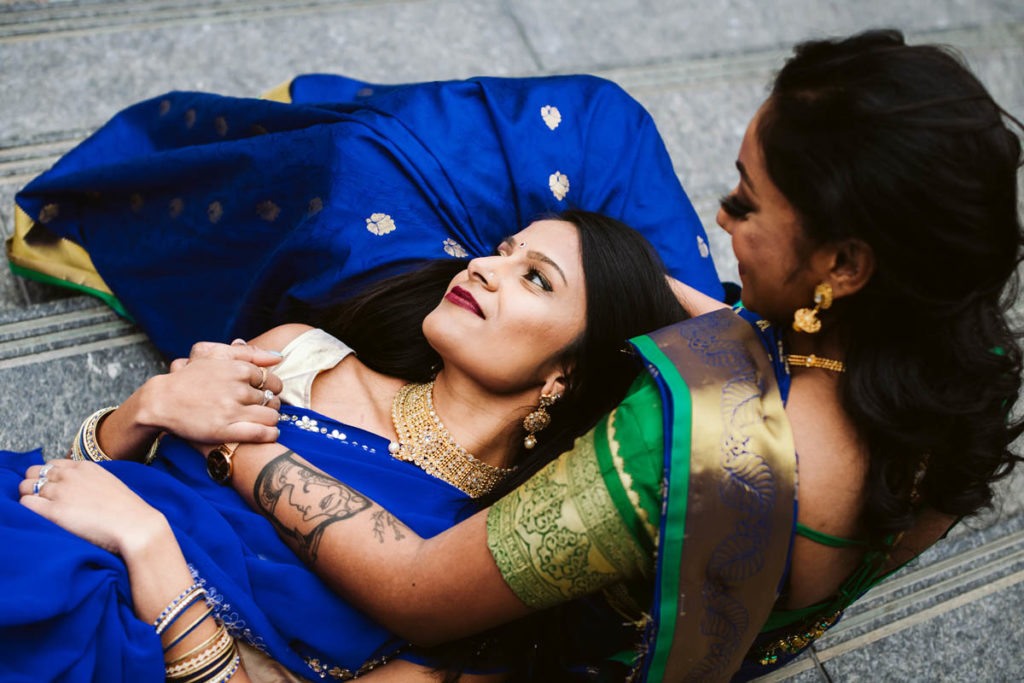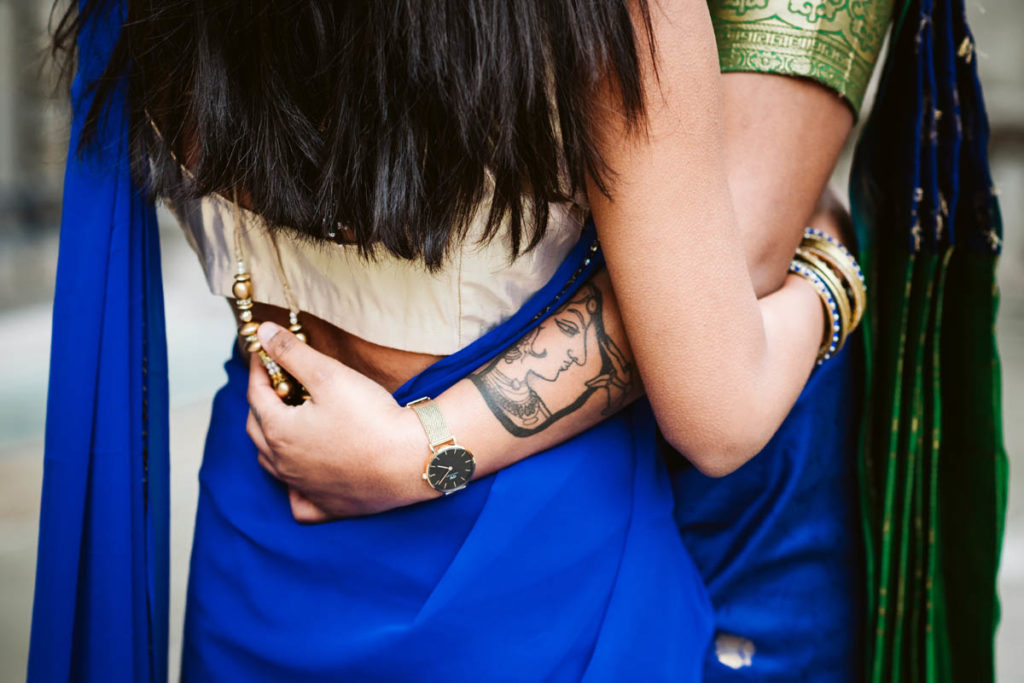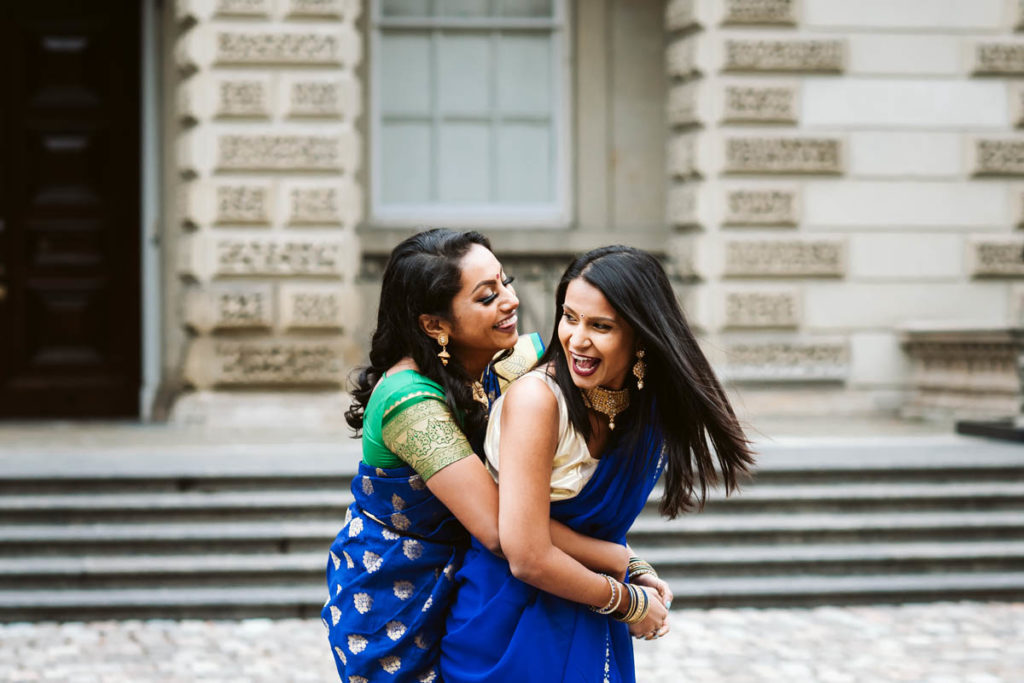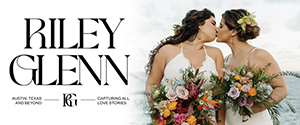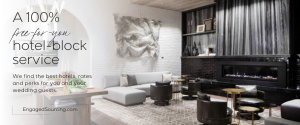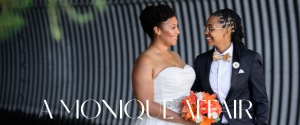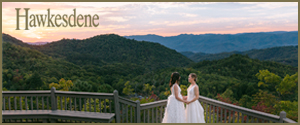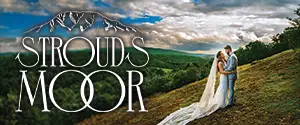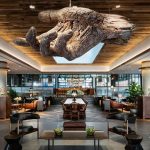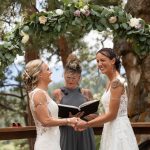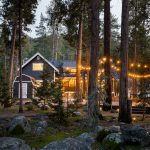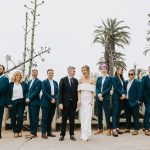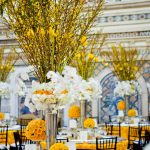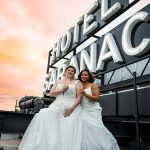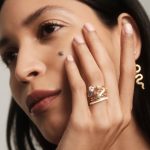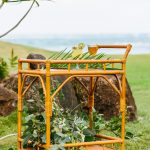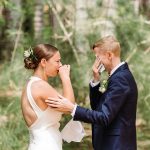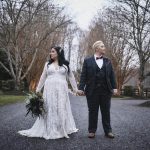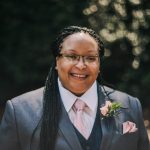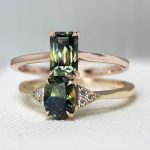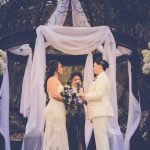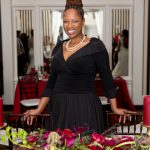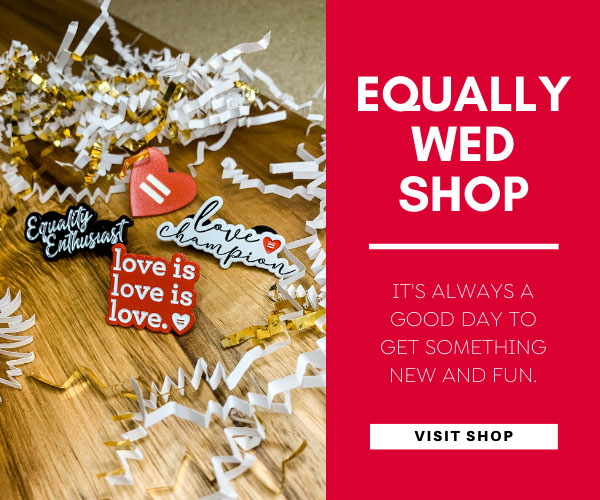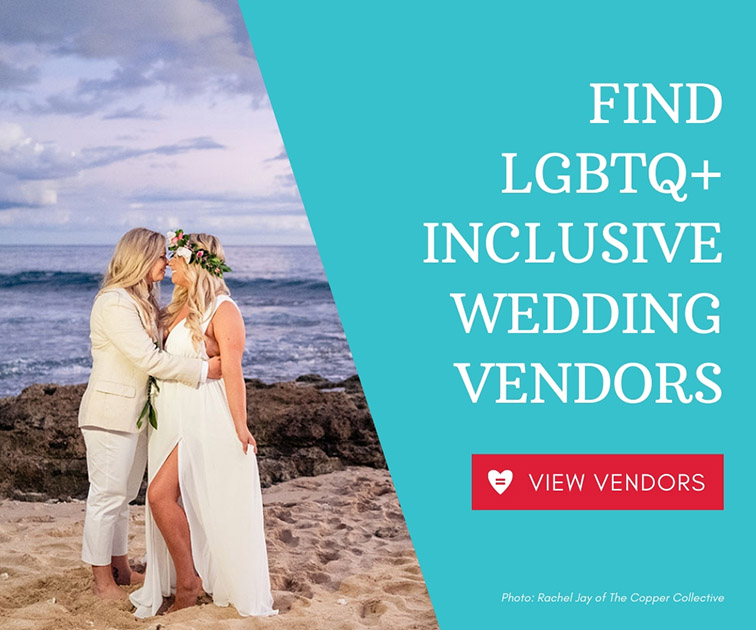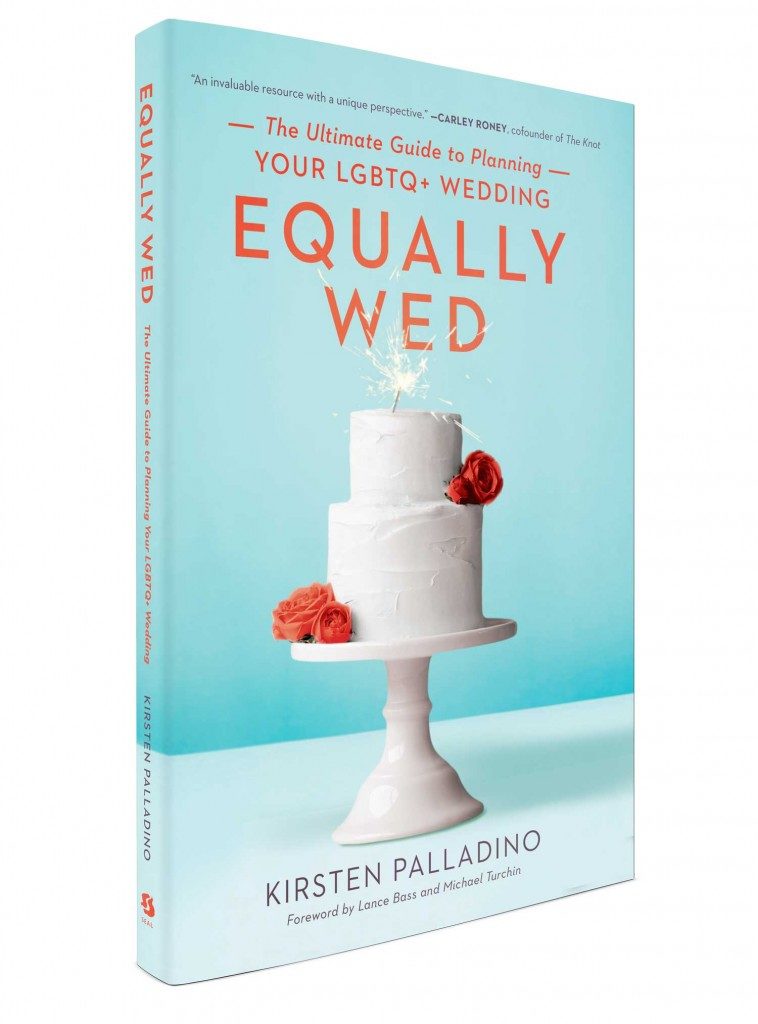What does being queer look like for South Asian womxn? We never knew. We grew up thinking we were the only queer Brown womxn because LGBTQ+ representation was (and still is) heavily Western-normative and constructs a gay narrative that isn’t conducive to South Asian culture. I repressed my queerness by age 14 for safety reasons, but ventured into the LGBTQ+ scene when it became possible to “live a double life.” I was—and still am—constantly heterosexualized by a colonial gaze due to my Desi features and Brown body. This turned the pride for my Gujarati roots into shame, and pressured me into assimilating. The microaggressions grew stronger, as I was unable to fully disassociate from South Asianness without being exiled from my culture. The inability to be queer in culturally conducive ways was extremely invalidating, invisibilizing and infuriating.
In 2018, I participated in Pride Toronto’s Dyke March wearing my “not all lesbians are white” shirt to contest the assimilationist narrative of queer spaces. A year later, I was connected to a fellow queer activist who had seen me at that March, and was inspired to decolonize her own sexuality. And here we are now—rejecting assimilationist queer rhetoric together.
This set of photographs signifies and celebrates the blossoming into my queer South Asian self without compromising either identity; peaceful acceptance that I may never be able to ‘come out’ to my family as anything but an activist; and achievement of self-love and happiness.
To anyone who needs to hear this: You are valid without performing Western-normative sexuality. You are not living a lie if you are not out. Anyone who says otherwise is reproducing colonial ideologies.
“We’re both second generation and grew up in different regions surrounding Toronto. We share an alike story—we both had a strong sense of Desi identity growing up, repressed our queerness at a young age due to an inability to conceptualize it at the axis of queer invisibility in South Asian culture and South Asian invisibility in culture, and felt like the only queer brown person ever. The pressure to assimilate and shame for our Desi identities intensified upon entering mainstream LGBTQ+ spaces.
It took us about a decade to finally meet another queer South Asian womxn, but it finally happened. At PrideToronto 2018’s Dyke March, Praanee saw Alyy challenging assimilationist narratives in queer spaces by wearing a “not all lesbians are white” shirt. A year later, at PrideToronto 2019, she saw Alyy on a mutual friend’s IG story and asked for a formal introduction.
We immediately bonded over our alike narrative, individual work within LGBTQ+ communities, and strong emotional attachment to our queer Desi siblings that we’ve never met. Importantly, we finally had enough people to hit the ground running for the QSAW network (yes, two was all we needed, and we are still lovingly bringing on anyone else across Canada that wants to volunteer). Our wholehearted goal is to create the anti-assimilationist visibility that we never had.
It took us about a decade to negotiate our intersectional identities, and accept that we may never be able to ‘come out’ to our families as anything but activists—but we are here now. This is what our queerness looks like. This is what our South Asianness looks like. This is what our Queer and South Asian identity looks like—and we proudly embrace it.”—Alyy and Praanee
Photos: Michelle Fernandes, Fox Photography
Makeup artist: Shobia



